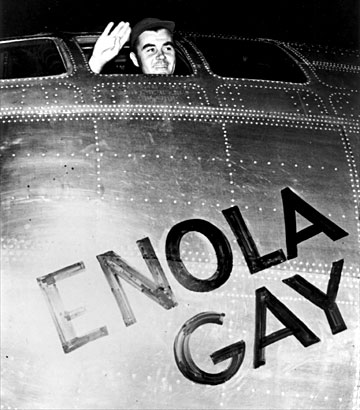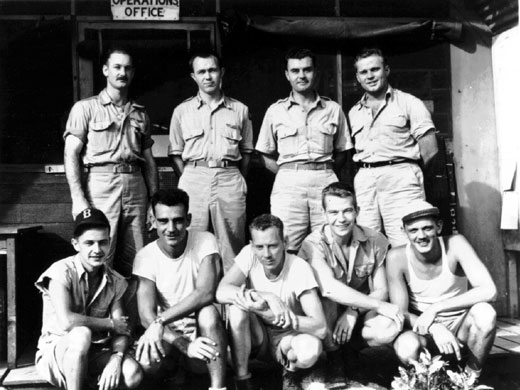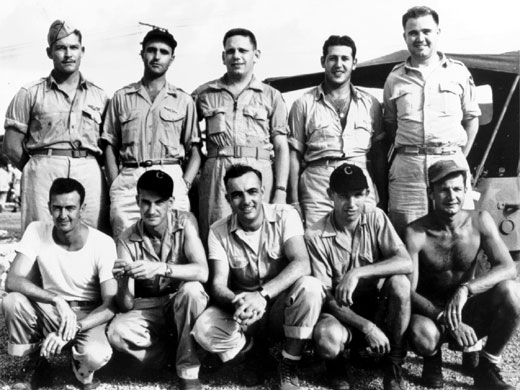 |
| This was the newspaper printed out the day of the Japanese attack against the US at Pearl Harbor. |
Two bombs, code-named Fat Man and Little Boy, were dropped on two different locations in Japan, Hiroshima and Nagasaki. At first, other targets considered included Kokura, Niigata, and Kyoto. Since not much was known about atomic bombs at the time, the US wanted an area that had remained largely untouched from bombing raids so that they could clearly measure the effects of the bomb. Therefore, Hiroshima and Nagasaki were chosen, as they were also the two largest industrial sites in Japan. The Japanese disregarded the Potsdam Declaration's threat of "prompt and utter destruction", which subjected themselves to the eternal abyss of death. When the statement was given, a B-29 Superfortress bomber, known as Enola Gay, piloted by Colonel Tibbets, approached Hiroshima carrying Little Boy. Afraid of the bomb exploding on the Enola Gay, workers completed the bomb on the way before dropping the bomb in Hiroshima. Hiroshima soon collapsed.
 |
| Colonel Tibbets onboard the Enola Gay. |
 |
| This was the crew for Enola Gay. |
Although the US did not prefer to drop the second atomic bomb on Nagasaki, they had no choice since Japan refused to surrender. The bomb dropped on Nagasaki was known as Fat Man, a bomb that was more complicated than the first. Unlike Little Boy, this was tested in New Mexico before the dropping on Nagasaki. This bomb was dropped by The Great Artiste crew aboard the Bock's Car. Although successful in making the Japanese surrender, this was a more complex target because of the hilly terrain. Despite difficulties, the Americans pulled through and were able to make the Japanese surrender.
 |
| This was the Bock's Car Crew. |
No comments:
Post a Comment